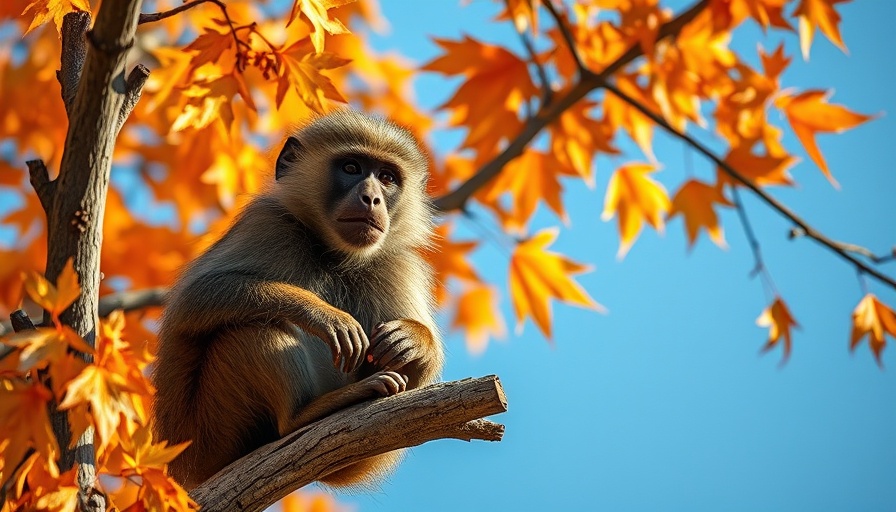
Measuring Progress in Water-related Ecosystems: A Key Step Towards Sustainable Development
As the world stands at the half-way mark for achieving the Sustainable Development Goals (SDGs), the United Nations Environment Programme (UNEP) has published a pivotal report titled "Measuring Progress: Water-related ecosystems and the SDGs." This report assesses our current status in relation to the environmental aspects of the SDGs, particularly focusing on water-related ecosystems which are essential for sustainability.
Navigating the Current Landscape of Environmental Indicators
The recent data from UNEP reveals some alarming trends: only 38% of the 92 relevant environmental indicators show improvement, compared to just 28% in 2020. This means that while some progress is being made, the overall trajectory towards achieving the environmental objectives by 2030 remains precarious.
On a brighter note, data availability has improved significantly, climbing from 34% in 2018 to 59% in 2022. This increase suggests a growing recognition of the importance of data-driven policymaking, which is crucial for addressing interconnected environmental challenges.
The Need for Integrated Approaches to Water Management
One of the key messages from the UNEP report is the call for integrated water resource management. As water is central to achieving all 17 SDGs, it’s vital that governments adopt holistic policies that interlink water with other economic and social indicators. Restrictive policies that treat water issues in isolation often ignore the vital connections between ecosystems, biodiversity, and human wellbeing.
What's Next? The Role of Non-Traditional Data Sources
The report advocates for the use of non-traditional data sources, including big data and citizen science, to bridge the existing data gaps. Such innovative approaches not only enhance the quality of information available but also empower communities in conservation efforts, ensuring that local knowledge plays a role in the development of sustainable policies.
Future Outlook and Actions Needed
Looking forward, a collaborative effort is needed across all sectors to formulate adaptive strategies that address the realities of our changing environment. This means engaging stakeholders from various sectors, strengthening statistical capacities, and fostering partnerships. Only through such a multi-faceted approach will we be able to navigate the challenges ahead effectively.
Concluding Thoughts: The Importance of Your Involvement
The journey towards sustainable development is complex, but knowing where we stand helps us identify the actions needed to effect substantial change. It is imperative for citizens, policymakers, and businesses to stay informed and engaged with environmental issues. Whether it’s advocating for better policies or participating in local conservation efforts, every contribution counts. Together, we can make strides towards achieving the SDGs and ensuring water-related ecosystems thrive.
 Add Row
Add Row  Add
Add 


Write A Comment